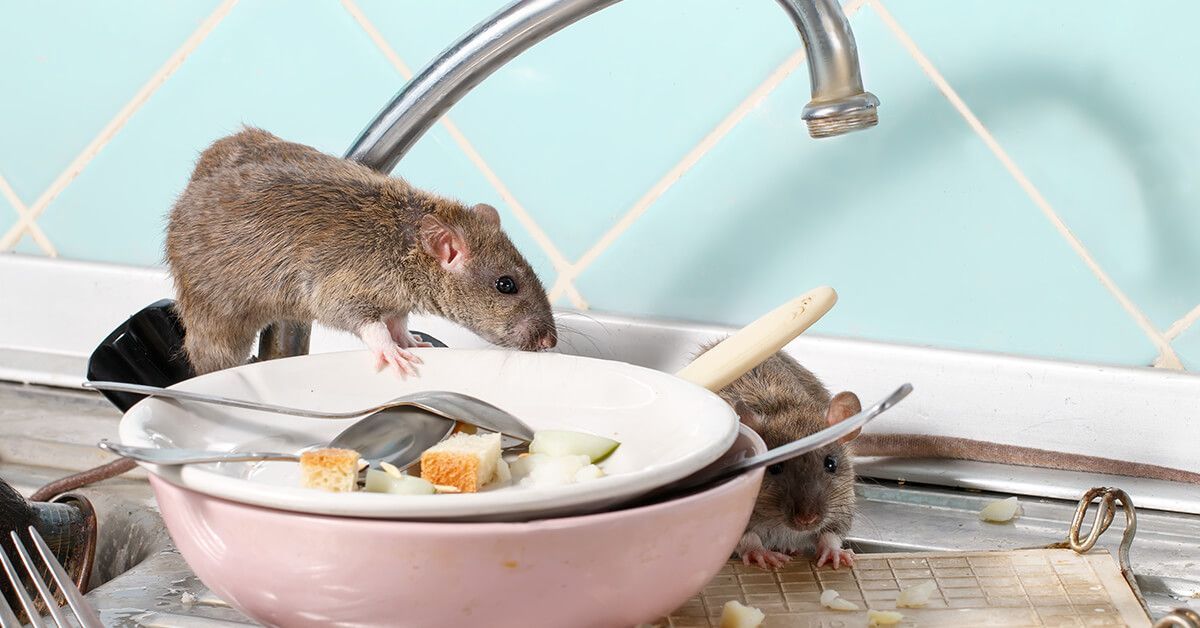Fungi, including molds, may grow both inside and outdoors. There are countless varieties of mold. Because it aids in the degradation of organic waste and waste products like leaves, dead trees, and rubbish, mold is crucial to the health of the planet’s ecosystem.
Mold exposure can make some people ill. Others don’t exhibit any symptoms and don’t suffer any negative consequences.
We’ll discuss the possible risks of mold exposure in this post, identify the people who are most at risk, and offer methods for keeping your surroundings mold-free.
How Are We Exposed To Mold?
Moisture and organic materials are required for the growth of mold. Mold emits spores and volatile organic compounds (VOCs) into the air when the conditions are ideal for growth, which may make some individuals feel unwell.
Mold spores can enter the airway or enter the body through the skin. Additionally, food might develop mold, which poses a risk if consumed.
Mold Exposure Outdoors
You could come into contact with moldy surfaces outside in:
- forests
- beaches
- backyards
- playgrounds
- sidewalks
Mold may be found in moist wood, wet leaf piles, and rotten tree bark. Wading pools and puddles are examples of sources of standing, stagnant water.
Mold Exposure Indoors
There are several ways for mold spores to get into our houses, schools, and places of employment. In addition to your pet’s coat, they may also attach themselves to your clothing and shoes. Through open windows and doors as well as vents for air conditioning or heating, spores can enter.
Aspergillus, Cladosporium, and Stachybotrys atra, often referred to as black mold, are a few of the most prevalent types of indoor mold. Despite its unfavorable image, black mold hasn’t been proven to cause serious health problems.
To develop, mold requires moisture. Mold is more likely to develop in damp, humid settings. Mold growth is also a problem in poorly ventilated spaces.
Mold frequently grows inside in the following places:
- Kitchens or bathrooms that are moist and have dripping faucets or leaky pipes
- Wet basements
- Wet carpet
- Moist paper
- fireplace wood
- dried-out drywall or ceiling tiles
- potted plants
- Window sill condensation
- Laundry equipment and dishwashers
Mold can also grow on personal items like sponges, lunchboxes, thermoses, and sippy cups.
Mold On Food
Some types of mold grow well on meals including cereal, bread, nuts, and dried fruits. Some of them could include poisonous compounds known as mycotoxins.
The World Health Organization (WHO)Trusted Source states that mycotoxins can have serious, detrimental consequences on one’s health, including
- Acute Poisoning
- Immune Deficiencies
- Cancer
What Signs Of Mold Exposure Are There?
Allergies to mold develop over time. You are more likely to develop severe symptoms the more contact you have. There are times when mold exposure symptoms go unnoticed or are just hazy. Particularly in newborns, they might go unnoticed.
Mold has been linked to long-term health problems including asthma even in the absence of rapid, obvious symptoms. Whether this is a true cause of mold or just a connection is unknown at this time.
Mold can lead to:
- skin sensitivity
- Skin infection called sporotrichosis appears first as a little pink, red, or purple pimple.
- red, itching eyes
- runny or stuffy nose
- postnasal drip
- headache
- dizziness
Symptoms of asthma include coughing, wheezing, shortness of breath, and chest tightness.
How To Eliminate Mold From Your House
Here are some suggestions for getting rid of mold in your house and avoiding exposure:
- Look around your house for areas where mold could be hiding, like in the walls of the basement and under sinks. Visible mold growth, water leaks, and water seepage are things to keep an eye out for.
- Fix any leaks you notice right away, including those in pipelines and leaky roofs.
- Dry wet areas right after use, including shower stalls.
- A dehumidifier may be used to regulate the humidity in your house.
- Maintain good ventilation in the kitchen, bathroom, and laundry area.
Moldy houses don’t usually have noticeable mold patches since mold can develop behind walls and under carpets.
Although it is constantly there, mold does not necessarily smell like it. A home inspection will be useful if you believe that mold is present in your house but are unable to identify the source.
Some people may have health issues from mold, while others may not.
Respiratory discomfort and allergy responses are two mold exposure symptoms. Mold may be especially dangerous to children and persons with weakened immune systems. Eliminating leaks, moisture, and humidity may be helpful if you think your house has mold.




